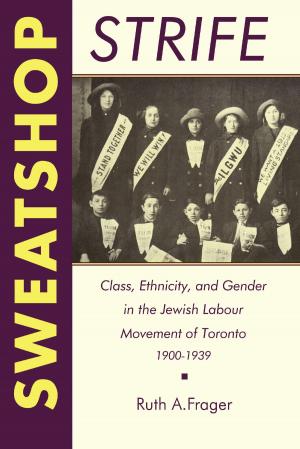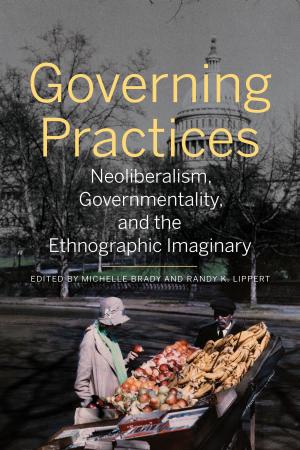Harm Reduction
A New Direction for Drug Policies and Programs
Nonfiction, Health & Well Being, Medical, Reference, Health Policy, Social & Cultural Studies, Political Science, Government, Public Policy| Author: | ISBN: | 9781442658189 | |
| Publisher: | University of Toronto Press, Scholarly Publishing Division | Publication: | December 15, 1997 |
| Imprint: | Language: | English |
| Author: | |
| ISBN: | 9781442658189 |
| Publisher: | University of Toronto Press, Scholarly Publishing Division |
| Publication: | December 15, 1997 |
| Imprint: | |
| Language: | English |
Since the First International Conference on the Reduction of Drug-Related Harm, held in 1990, the term 'harm reduction' has gained wide currency in the areas of public health and drug policy. Previously the field was characterized by heated struggle between prohibition and legalization of addictive substances, and this debate tended to obscure practical, collective approaches. Harm reduction, an approach which encompasses various policy directives and program initiatives was inspired by the positive outcomes of such public measures as needle-exchange programs for reduction of HIV risk, methadone maintenance programs, education on the risks of tobacco use, and programs designed to limit alcohol consumption.
The essays in this book illustrate the scope and vigour of the emerging harm reduction model. The essays, drawn from seven international conferences on harm reduction, cover a wide variety of topics, including public policy, women and reproductive issues, the experiences of special populations, human rights; defining and measuring harm, and intervention.
Researchers and practitioners will benefit from the varied papers in the volume, which combine insights into policy-making and front-line outreach efforts with comprehensive conceptual and empirical approaches. Harm Reduction represents an important initiative in making academic work accessible and useful to a larger community, and provides guidance for the development of effective policies and programs.
Since the First International Conference on the Reduction of Drug-Related Harm, held in 1990, the term 'harm reduction' has gained wide currency in the areas of public health and drug policy. Previously the field was characterized by heated struggle between prohibition and legalization of addictive substances, and this debate tended to obscure practical, collective approaches. Harm reduction, an approach which encompasses various policy directives and program initiatives was inspired by the positive outcomes of such public measures as needle-exchange programs for reduction of HIV risk, methadone maintenance programs, education on the risks of tobacco use, and programs designed to limit alcohol consumption.
The essays in this book illustrate the scope and vigour of the emerging harm reduction model. The essays, drawn from seven international conferences on harm reduction, cover a wide variety of topics, including public policy, women and reproductive issues, the experiences of special populations, human rights; defining and measuring harm, and intervention.
Researchers and practitioners will benefit from the varied papers in the volume, which combine insights into policy-making and front-line outreach efforts with comprehensive conceptual and empirical approaches. Harm Reduction represents an important initiative in making academic work accessible and useful to a larger community, and provides guidance for the development of effective policies and programs.















